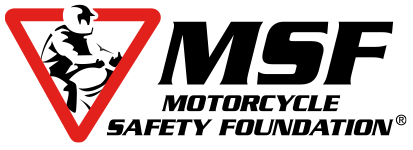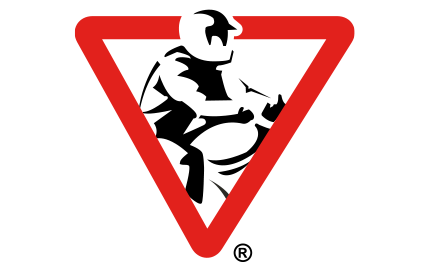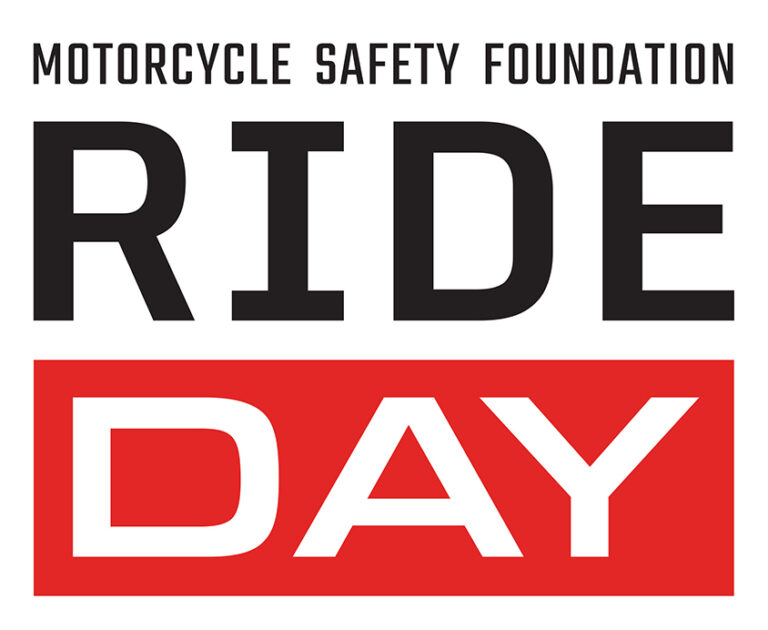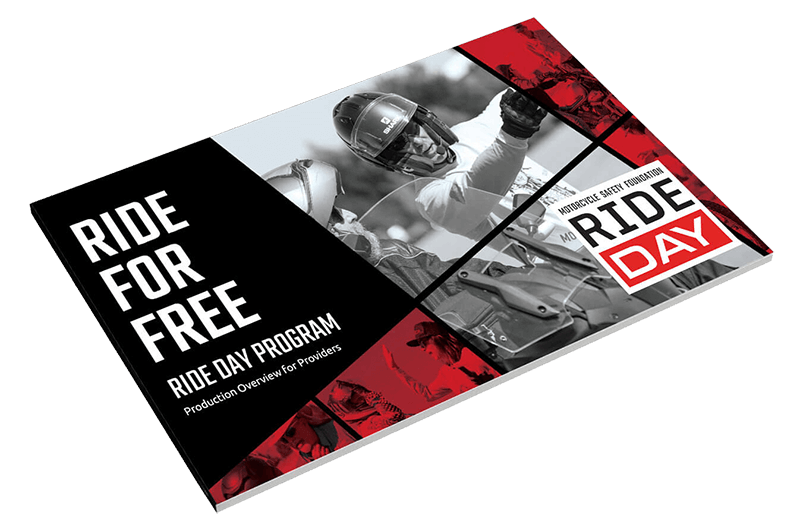COACH AND PROVIDER PROGRAM GUIDE
Motorcycle Safety Foundation RIDE Day events connect certified MSF RiderCoaches and recognized MSF Ranges with the communities they serve.
RIDE Day is a program developed by the Motorcycle Safety Foundation to connect communities with certified RiderCoaches and recognized MSF Ranges.
Participant Benefits
- Creates awareness and connection with local RiderCoaches and recognized MSF Ranges
- No pressure, no-hassle environment to try riding for the first time, or check riding skills
- For new riders, the appropriate motorcycle, range, helmet, gloves and coach are all provided
- For experienced riders, access to a recognized range with a set-up advanced drill to ride on the rider’s bike. RiderCoach on site to answer questions
- We recommend hosting RIDE Days as a free event for participants
Coach/Provider Benefits
- Leads directly to participants taking courses and earning their motorcycle license
- Engages potential students and local motorcycle enthusiasts directly with our coaches and location
- Opportunity to partner with local motorcycle dealer(s) and related businesses in your area
RIDE Day efforts can consist of a MOTO Intro and a SKILLS Check, or either experience as part of a standalone event.
MOTO Intro is designed as a ‘first ride’ experience, allowing participants to try riding without any of the typical obstacles that make a first experience difficult. This is conducted by MSF certified coaches.
SKILLS Check is for current riders, on their own motorcycle, riding an MSF-based exercise. This allows them to evaluate their own skills and receive feedback from an MSF-certified RiderCoach.




